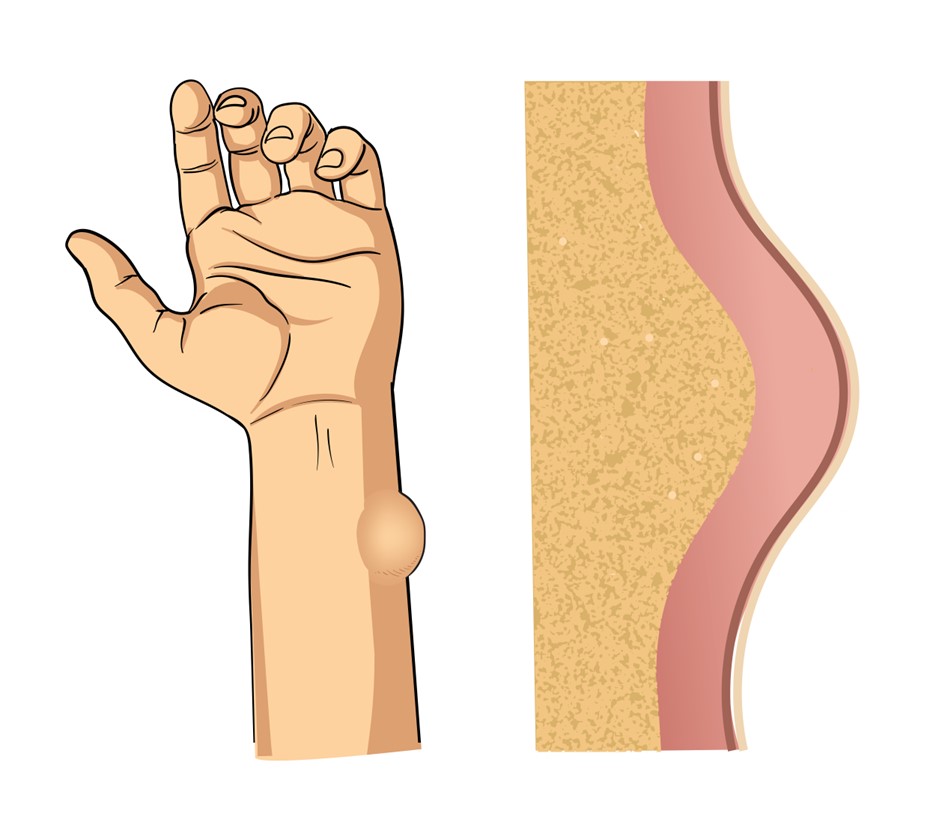Lipomas are soft, fatty tumors found just under the skin. They are quite common and generally harmless, but some people worry when they find a new lump. Rest assured, lipomas are mostly benign and don’t lead to serious complications for most people. However, it’s good to stay aware of when to be concerned. For instance, if a lipoma grows rapidly, causes pain, or significantly alters appearance, it’s best to consult a healthcare professional. Understanding the characteristics and reasons behind these lumps on the body can help you determine when medical advice is necessary.
Unraveling the Mystery of Lipomas
Lipomas are benign fatty tumors that typically manifest as soft, moveable lumps under the skin. They are easy to identify due to their gentle texture and flexibility. Common areas for lipomas include the neck, shoulders, back, and thighs, appearing as small, soft lumps that are usually painless.
There are different subtypes of lipomas, each with unique traits. For instance, familial lipomatosis indicates a genetic tendency to develop multiple lipomas. Another subtype, epidural lipomatosis, involves an overgrowth of fat in the spine. Colonic lipomatosis is rarer, affecting the colon. Understanding these subtypes helps in effectively diagnosing and managing lipomas, ensuring appropriate care for each individual’s situation.
Understanding Causes and Risk Factors
Several factors can contribute to lipoma formation. A significant cause of lipomas is genetic predisposition. If lipomas run in your family, you might have a higher chance of developing them due to hereditary influences.
Whether lifestyle directly influences lipoma formation isn’t crystal clear, but staying active and maintaining a healthy weight might help reduce the risk. Lipomas can appear in various age groups but are most common in those between 40 and 60. Men tend to develop lipomas more frequently than women, and people with conditions like lipomatosis are at risk of multiple lumps.
Awareness of home remedies for lipoma removal can be helpful, though they aren’t guaranteed solutions. Maintaining a balanced diet and practicing regular exercise are positive steps, but scientific backing for their effectiveness remains limited.
Spotting the Signs: How to Identify a Lipoma
To identify a lipoma, look for a soft, doughy texture and a round shape that moves when touched. These are typical symptoms of a lipoma. Unlike other lumps, lipomas usually aren’t painful unless they press on nerves, causing discomfort.
Differentiating lipomas from other lumps like cysts is crucial. Cysts are often firmer and immobile with distinct symptoms. Lipomas are typically painless, but do seek medical advice if they become painful or annoying, as a medical professional can confirm the type of growth.
Diagnosing Lipomas and Knowing When to Seek Help
Diagnosing a lipoma usually involves a simple physical examination. Medical professionals feel and assess the texture and mobility of the lump. If the diagnosis is unclear, imaging tests like ultrasounds or MRIs may be used to rule out other conditions or confirm lipoma presence.
In rare cases, a biopsy might be necessary, especially if the lump grows quickly, causes pain, or has unusual features. Look out for warning signs like rapid growth, the lump becoming painful, or sudden changes in size, as these may require prompt medical attention.
One key difference between a lipoma and a cyst is the feel and mobility of the lump. Lipomas are soft and move under the skin, while cysts are generally firmer and fixed in place. Knowing these distinctions aids in seeking appropriate care and choosing the right treatment.
Options for Managing and Living with Lipomas
Managing lipomas effectively involves knowing when intervention is required and when observation suffices. Medical treatment may not be needed if a lipoma is small and asymptomatic. But if the lump causes discomfort due to its location, medical intervention might be worthwhile.
For removing lipomas, lipoma removal surgery is one option. Non-surgical methods, including some holistic lipoma treatments, aim to manage symptoms though they have varying success. In India, both traditional approaches and modern medical options are available.
To prevent or manage lipoma growth, consider maintaining a healthy weight and active lifestyle. While complete prevention isn’t guaranteed, these measures might help in managing the condition. Dealing with the cosmetic implications of lipomas can be challenging. Discuss options like homeopathic treatments for lipoma or cosmetic procedures if appearance affects your quality of life.
In summary, understanding lipomas and their characteristics empowers you to make informed decisions about health. By identifying symptoms, evaluating lifestyle factors, and knowing treatment options, individuals can manage lipomas effectively, ensuring peace of mind and optimal health.
Saru Hospitals: Expert Care for Your Health
If you have concerns about a lipoma, our expert team at Saru Hospitals is here to help. Consult with us to understand your options and ensure your health is in good hands.
Book your appointment today!

